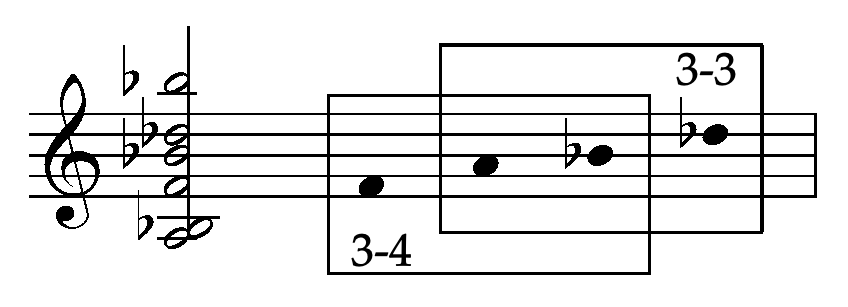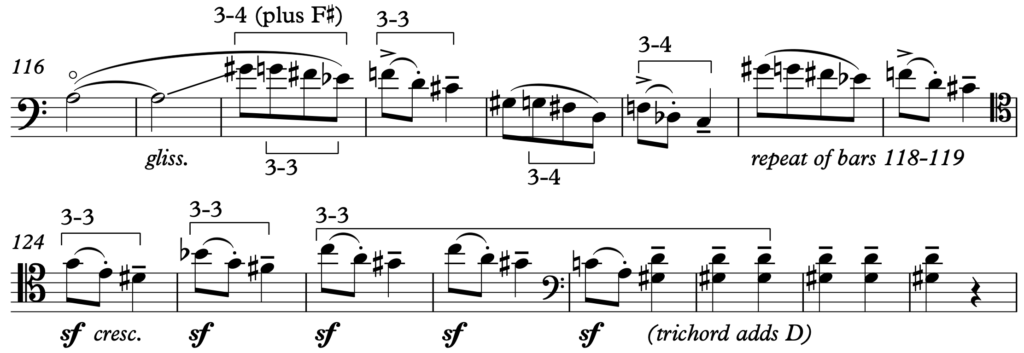Chord symbols do much more than show a chord root and quality; through close investigation, one can find hidden lines of counterpoint made explicit. This counterpoint is something that can be revealed and played with in performance, especially in jazz, where these chord symbols are treated as a springboard for creative expression.
Note that this activity can be completed online or as a print-out PDF (download here). If you choose to follow along online, you should have staff paper available to copy out and complete examples.
The tune we will use to explore this is Billie Holiday’s God Bless’ The Child listen to the song, following this lead sheet, before continuing.
To explore hidden chromatic lines in this tune, we will simplify the choral accompaniment to a simple four-voice “SATB” chorale texture. Please note that this is an exploration of implied melodic motion rather than “by-the-rules” polyphony, so our concern is not with part writing principles (such as parallel fifths, voice ranges, etc.).
Activity Part 1
The song begins with a harmonic pattern of EbMaj7 – Eb7 – Ab6. With the remaining voices as written, complete these chords by adding notes to the “alto” voice (top line, stems down). Note that the symbol “Ab6” is an A-flat major triad with an added major sixth above the root (F).

Check your work against the answer key before continuing and note the chromatic line that is revealed simply through completing the chord symbols.
Now continue by completing the missing voices in bars 3-10.
Activity Part 2

Again, check your work against the answer key. Return to the music and play through it on a piano, exploring the sounds created by these chromatic lines and accentuating them in your performance.
Activity: Part 3
Now try a section on your own by creating an SATB harmonization of this phrase. Note that the G7(b9) chord will require a fifth tone, or else you may omit the chord fifth. And remember that m7(b5) is jazz-code for a half-diminished seventh chord.

Activity: Part 4
Common-tones may also be revealed through finding pitches in chord symbols. For instance, the symbols Dm7(b5)– G7(b9) may look complicated because of their alterations, but an investigation of the chords reveals that these alterations reflect a sonorous common-tone: Ab. This is a frequent trope in jazz harmony, especially in the minor mode since these tones refer to the diatonic sixth scale-degree. It is possible to hear this progression in a major mode, however, such as in bar 18 (notate chords for this bar):

Note that, in the answer key, the Bb7 chord has an extra “optional” inclusion of the chord fifth since doubling the Bb makes possible the resolution of the tense flat-fifth of the Fm7(b5) chord.
Answer Key
ACTIVITY PART 1 SOLUTION


ACTIVITY PART 3 SOLUTION

ACTIVITY PART 4 SOLUTION


















